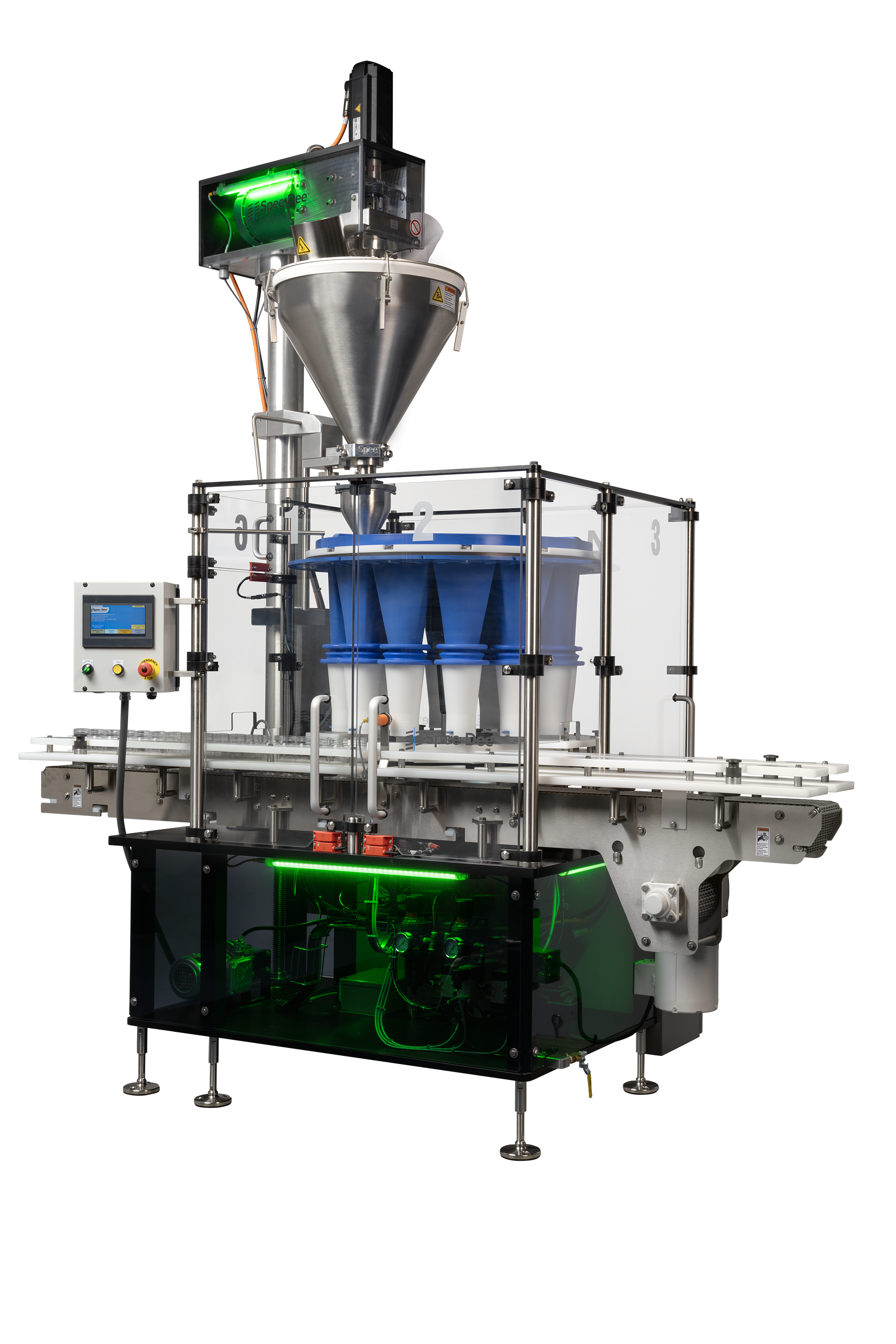Packaging processes are critical in various industries, and accuracy is paramount when dealing with powdered products. Powder fillers are essential machines that ensure precision and efficiency in the packaging process. Whether in the food, pharmaceutical, or chemical industry, these machines are designed to fill containers with powdered materials quickly and accurately. In this article, we will explore the significance of powder fillers, their types, and their role in modern manufacturing processes.
What is a Powder Filler?
A powder filler is a machine designed to fill containers, pouches, or other types of packaging with powders. These machines are vital in industries where powdered products such as spices, baby formula, baking ingredients, and medicines need to be packaged efficiently and accurately. The powder filler uses various mechanisms such as augers, gravity, or vacuum systems to dispense the right amount of powder into the containers, ensuring uniformity and reducing waste.
How Powder Fillers Work in Manufacturing
In the manufacturing world, powder fillers play a critical role in speeding up the packaging process while maintaining precision. The machine works by drawing powder into a chamber or hopper and then transferring it into pre-measured portions. This process is usually automated, allowing high-speed production with minimal human intervention. This is particularly useful for businesses that deal with large volumes of powder-based products. Powder fillers can handle different powder types, from fine powders to coarse granules, making them highly versatile.
The Benefits of Using Powder Filler Machines
One of the most significant advantages of powder fillers is their ability to increase efficiency in production. With an automatic filling process, companies can package large quantities of powder quickly, reducing labor costs and minimizing human error. Additionally, powder fillers ensure that each container receives a precise amount of product, improving consistency and reducing the chances of overfilling or underfilling, which can lead to wastage or customer complaints. This level of accuracy and consistency is crucial in industries like food and pharmaceuticals, where product quality is paramount.
Types of Powder Fillers Available
There are different types of powder fillers available to meet various packaging needs. The most common types include auger fillers, vibratory fillers, and vacuum fillers. Auger fillers are the most widely used and work by rotating an auger to scoop and transfer powder into the container. Vibratory fillers rely on vibration to move powder into packaging, making them ideal for lightweight powders. Vacuum fillers use air pressure to draw powder into containers, making them suitable for fine powders. Each type of powder filler has its advantages, depending on the powder’s characteristics and the production environment.
Maintaining Powder Fillers for Longevity
Like any other machinery, regular maintenance is essential for the longevity and performance of powder fillers. Proper cleaning and inspection of the machine are necessary to ensure that it continues to operate at its best. Powder residues can build up over time, affecting the machine’s ability to fill accurately. Regular maintenance can prevent this issue and ensure the machine operates efficiently without any disruptions. Keeping the powder filler in top condition will help companies maintain high production rates and minimize downtime.
Conclusion
Powder fillers are essential machines that streamline the packaging process for powdered products, ensuring efficiency, accuracy, and consistency. As industries continue to grow, the demand for high-performance powder fillers will only increase. Regular maintenance and staying updated with technological advancements will ensure that these machines remain reliable and effective for years to come. The future of packaging will undoubtedly continue to be shaped by innovations in powder filling technology.



